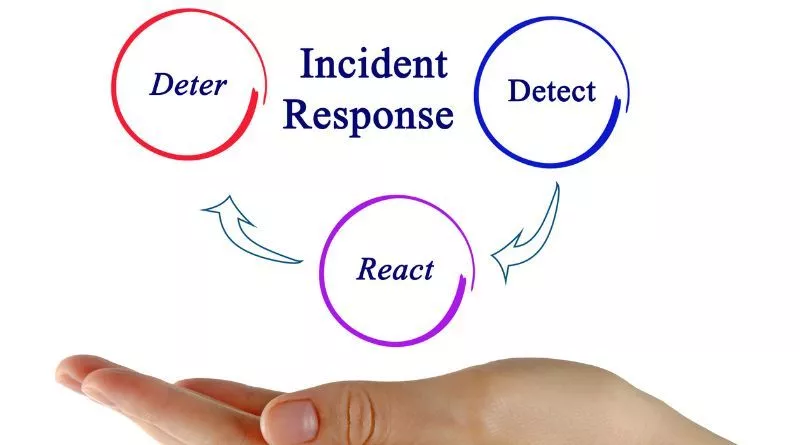An incident, also known as an alert, records when an alerting policy is triggered. When a condition of an alerting policy is activated, cloud monitoring creates an incident unless it is snoozed or disabled.
During an incident investigation, it is essential to identify underlying or root causes that caused the event. In addition, it will help you develop systemic changes to prevent future incidents from happening.
It will also allow you to improve the efficiency of your incident management process. Ensure all stakeholders understand the processes and roles required to manage incidents effectively.
Identify the root cause
Identifying the root cause of an incident is a crucial step to take in incident monitoring. It helps teams detect problems and prevent them from occurring in the future.
There are a variety of root cause analysis techniques to choose from. You can choose the right approach for your investigation, depending on your context.
Detect the incident
Detecting incidents involves IT staff gathering information from log files, monitoring tools, and error messages. These should be immediately sent to the incident response team for further investigation and analysis.
In addition, teams should be able to prioritize incidents. It saves time and ensures that they can begin responding as soon as possible.
A good approach is to develop playbooks that provide clear guidelines for triaging incidents and escalating them when appropriate. These should be tested on both people and teams through tabletop exercises.
Prioritize the incident
An incident is defined as a problem or change that affects business operations. These effects could be positive or negative.
Negative impacts may include loss of revenue, customer satisfaction, or person-hours. They can also be a result of downtime or poor service performance.
To address this, IT organizations use incident priority criteria. This matrix determines an incident’s priority level based on its impact and urgency.
Communicate with the affected parties
As soon as an incident occurs, it’s essential to communicate with the affected parties about the incident. This way, they can stay informed and help you resolve the issue.
It’s also critical to monitor the remediation process. It ensures that all affected stakeholders are informed and taking steps to protect themselves from similar situations in the future.
Assess the impact of the incident
When handling an incident, it is essential to understand the impact of the incident. It is because it can significantly impact the organization and affect various stakeholders such as regulators, customers, shareholders, etc.
Remediate the incident
Remediation is a process of bringing affected systems back online. It can include eradicating malware, restoring compromised accounts, and preventing future attacks by patching vulnerabilities.
It can also include reimaging hard drives to completely wipe and replace them to ensure that any malicious content is removed.
Remediation can be a lengthy process, but it’s vital to ensuring the stability and security of your system. Ideally, it should involve a team of experienced responders who can quickly determine and remedy the cause.
Monitor the remediation process
During the remediation process, monitoring the progress is essential. It will help you evaluate the remediation’s effectiveness and its future success.
Data remediation is a process that corrects errors and improves data integrity and security. It also enables companies to comply with regulatory laws and reduces the risk of data loss and breaches.
Remediation is an investment of time and resources. Therefore, monitoring performance and student progress is necessary to minimize resource use and ensure a satisfactory progression.
Evaluate the success of the remediation
Monitoring KPIs is crucial for improving incident remediation over time. Tracking metrics such as average response times, mean time to resolution (MTTR), and escalation rates helps you see how well your team is doing and identify areas for improvement.
A high escalation rate may indicate a skill gap between your teams or inefficient workflows. But, again, getting to the root cause of these problems can help you solve them before they become more significant outages.
Ensure the resiliency of the system
In a system environment, resiliency is the ability of a server, network, storage, or data center to recover from a failure or disruption and continue providing computing services. It is achieved by building redundant systems and facilities designed to spring back to life if one element fails or experiences an unexpected event.
The best way to ensure the resiliency of your systems is to implement a strong monitoring and incident management solution. It will help you identify any issues with your system before they can cause a significant problem for your business.
Plan for the future
A formal incident management program is the best way to ensure your company’s systems and networks stay up and running. It also allows your teams to showcase their technical prowess and improve overall morale.
The most efficient way to detect and alert on-site staff and vendors is essential to best use your operation’s budget. It involves various tools, including logging and monitoring, notification and alarm systems, and more. You’ll also want to consider prioritizing your alerts and establishing criteria for escalating incidents.

